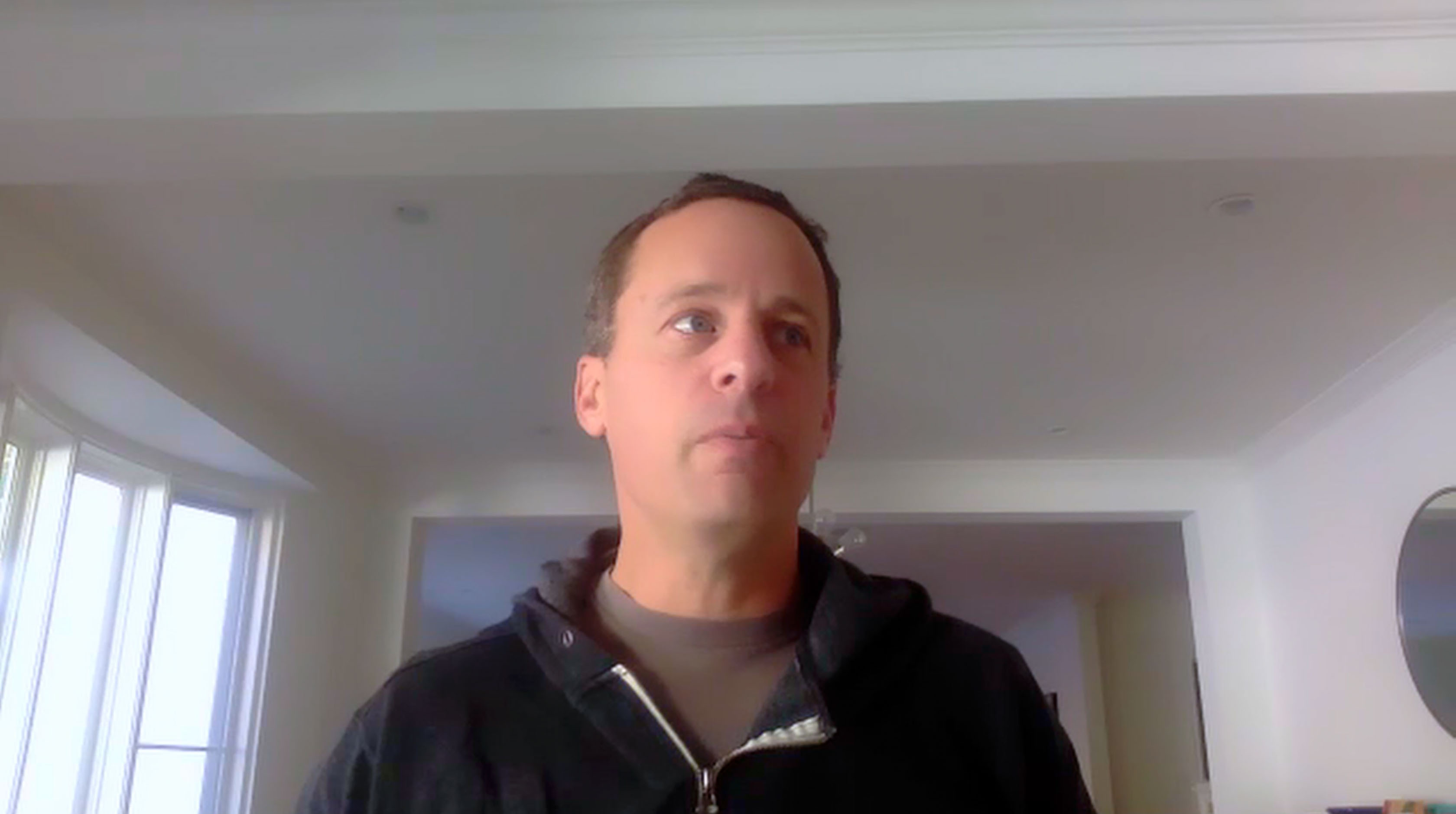
How Netflix Tolerate Errors
Former Vice President, Head of International Originals, at Netflix
inpractise.com/articles/nflx-dealing-errors
Why is this interview interesting?
- How Netflix encourage risk taking and think about dealing with errors
Erik Barmack
Former Vice President, Head of International Originals, at Netflix
Interview Transcript
How does Netflix deal with and tolerate errors?
Just on the shell level, I don’t think people remember the bad movies or bad shows that don’t end up being watched. What you’re trying to do is engender a culture where you’re trying to get as many Narcos and The Crowns and Stranger Things and Club de Cuervos and Casa de Papels as possible. You should be wrong a certain percentage of the time. If you’re not, it probably means you are not taking enough risk or you are not moving quickly enough.
You are actually encouraged to have that percentage error rate, to stick at that risk level?
Yes. If somebody is in charge of movies and they have ten bombs in a row, then you would say that there is a process issue. Somehow, we are getting access to the wrong type of projects or our formulation of how we projected these things, is wrong. If you’re 50/50 or 70/30, you don’t really look at the three out of those 10 that didn’t work. You’re trying to say, how can I repeat the five, six or seven. It should get easier, if content is global and you have the audience where you can see what they like, over and over again and try to find what does and doesn’t work, for that audience.
Copyright Notice
This document may not be reproduced, distributed, or transmitted in any form or by any means including resale of any part, unauthorised distribution to a third party or other electronic methods, without the prior written permission of IP 1 Ltd.
IP 1 Ltd, trading as In Practise (herein referred to as "IP") is a company registered in England and Wales and is not a registered investment advisor or broker-dealer, and is not licensed nor qualified to provide investment advice.
In Practise reserves all copyright, intellectual and other property rights in the Content. The information published in this transcript (“Content”) is for information purposes only and should not be used as the sole basis for making any investment decision. Information provided by IP is to be used as an educational tool and nothing in this Content shall be construed as an offer, recommendation or solicitation regarding any financial product, service or management of investments or securities.
© 2025 IP 1 Ltd. All rights reserved.


